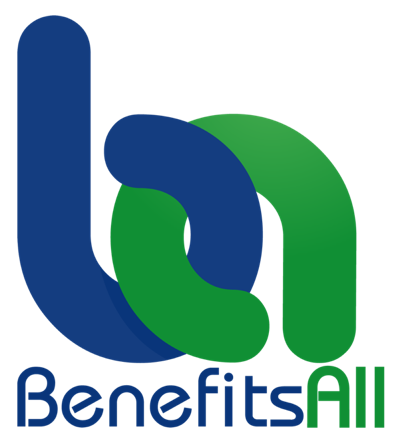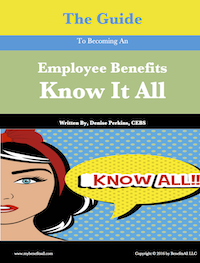Are 401(k) Plans Morphing Into Pension Plans?
April 21, 2015

There are many things that distinguish a defined benefit pension plan from a defined contribution savings plan. The differences were there from the start. Basically, defined benefit pension plans were designed to provide regular cash payments at retirement. Defined contribution plans are investment-based savings plan with no guarantee of lifetime income or any income at all. But despite the very different original intentions of these plans (retirement income versus investment savings), today they largely serve the same purpose. They are the two most commonly provided workplace retirement plans.
Total assets in defined contribution savings plans like the 401(k) plan haven’t yet overtaken those in defined benefit plans. However, defined contribution plans are the most prevalent workplace retirement plan in the private sector. And as the popularity of the 401(k) plan increases, so does its basic structure. For several years now these plans have adopted some of the same mechanisms as defined benefit pension plan. These mechanisms include automatically enrolling participants in the plan and choosing their investment funds. A quick look at today’s large company 401(k) plans (companies most likely to offer them), and automatic features abound. The average large employer 401(k) plan today has automatic enrollment, automatic escalation, and target date funds.
These automated features allow employers to choose when an employee enrolls and the amount of money he or she puts in the plan (automatic enrollment), as well as the fund(s) in which to place their money (default investment, increasingly a target date fund). It also allows the employer to increase the amount of money the employee puts in over time (automatic escalation).
What’s Up With That?
Could it be that employers and their hired retirement plan administrators are conceding that 401(k) plans are too complicated for workers to manage on their own? Are they trying to steal the best features of the defined benefit pension plan, while keeping their obligations minimal? Or are they simply responding to pressure from political and public policy forces that question the appropriateness of these plans as retirement savings vehicles?
It may be too early to answer any or all of these questions, as the 401(k) plan identity search goes on. In addition to automatic enrollment, 401(k) plans sponsors and administrators are exploring other ways to make these plans more foolproof. They are partnering with robo-advisors to offer automated financial advice and offering calculators to project income in retirement.
Striking The Right Balance
Not everyone agrees that adding automatic features to 401(k) plans is a good idea. Some of the reasons cited for being cautious with these features include:
- Lower contribution rates than individuals who positively elect
- Lack of interest and awareness about how the plan works and its features
- Smaller company matching contributions because employers feel less of an obligation to contribute and employees are not paying attention anyway
Conclusion
It’s anyone’s guess if the 401(k) plan is having an identity crisis or if it is simply responding to outside pressures to act more like a traditional retirement plan. Even before the Great Recession of 2008, 401(k) plans started adding features like automatic enrollment. If this trend continues, the only thing employees enrolled in these plans will have to do is choose a beneficiary.
blog comments powered by Disqus


 Denise Perkins
Denise Perkins




